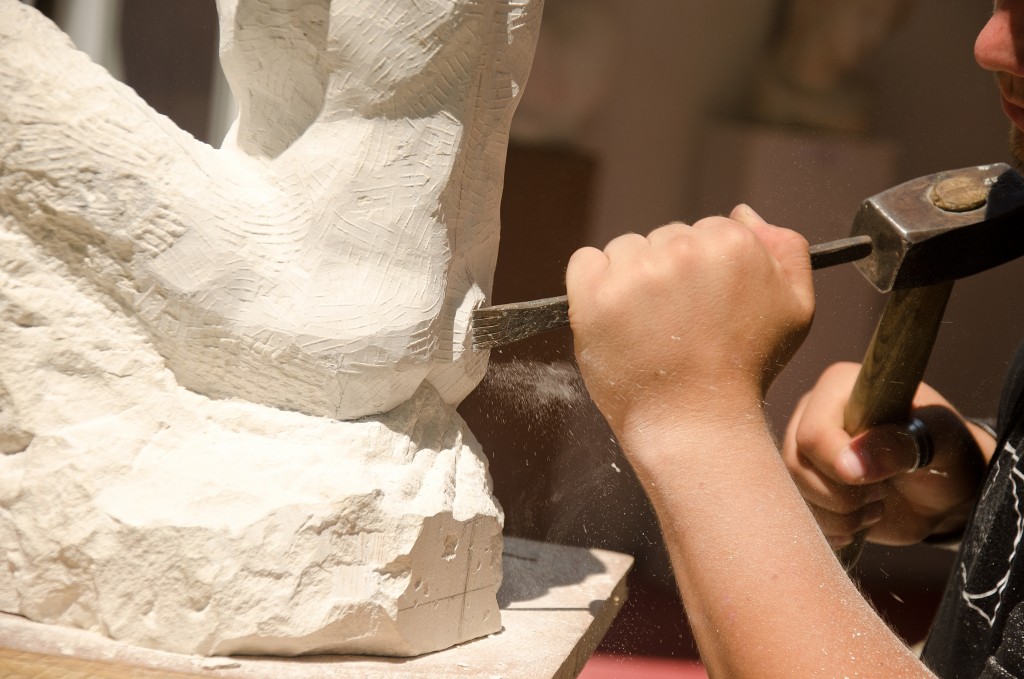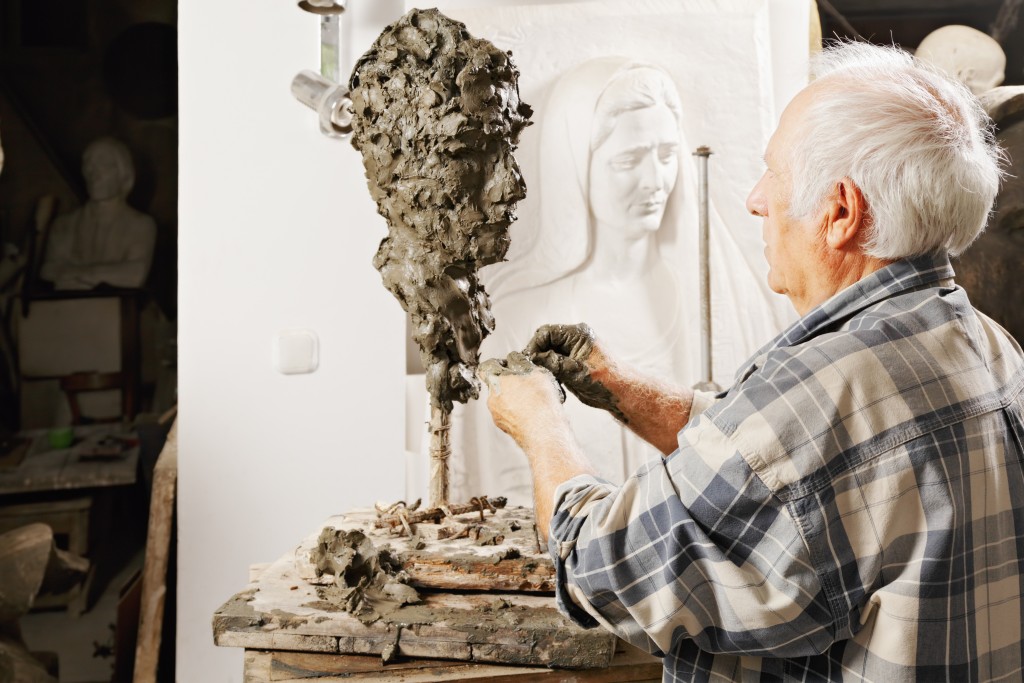History has gifted us with wonderful art. You look for them when you travel or when you visit museums. The masters of old were commissioned to create millions of treasures that has lasted for many centuries.
Many would immediately seek famous paintings and gaze at them for hours, admiring every stroke and palette. The Mona Lisa is probably the most famous painting in the world and millions of visitors come to see it at the Louvre in Paris. Vincent Van Gogh’s Sunflowers is also a must-see attraction when traveling to Amsterdam.
When it comes to sculptures, many people mostly take a glance at them and then move on. At times they don’t even realize these sculptures when created by respected artists and are highly treasured.
Probably the most popular of them all is the giant David sculpted from a single slab of marble. But there’s another David competing for popularity and importance in the world of art.
Michelangelo’s David
No other sculpture is more adored in modern times than David, standing tall at the Accademia Gallery in Florence. The sculpture was commissioned to decorate the buttresses of the Duomo, Florence’s great cathedral. But while Michelangelo was credited for this masterpiece, he wasn’t the one who started work on it. Agostino di Duccio started working on the huge block of marble mined from Carrara in 1464, but he only managed to rough out part of the stone and gave up in 1466. Then another artist picked up on it, he also failed.
It took another 25 years before then 26-year-old Michelangelo took on the job and resumed working on the marble. His creation depicted David as calm and confident, ready to take on the giant Goliath. The finished work weighed six tons and was too heavy to be hoisted on the roof of the cathedral.
It was finally unveiled in 1504 at the Piazza della Signoria, a public square outside Palazzo Vecchio, Florence’s seat of government. It was moved to the Accademia in 1873 but a smaller replica still stands at the piazza.
Donatello’s David

Almost 100 years before Michelangelo’s David, Renaissance artist Donatello created his own iconic sculpture. Made sometime between the 1430s and 1450s, this David was smaller, younger, and cast in bronze. This one also depicted the hero after he had slain Goliath, using the giant’s head and his sword as support to the statue.
Marble was the preferred medium during olden times, making bronze statues extra special. Not only because of the shiny material but also the complexity in which they were made. Artists typically used a 6,000-year-old process called lost wax casting technique. Doing it meant artists and workers were exposed to high temperatures, dangerous chemicals, and poor lighting.
Donatello’s David was also controversial. It was seen as provocative and somewhat queer. It had a prepubescent physique and an androgynous look. The statue was believed to be commissioned by Cosimo de Medici and first stood in the family home’s courtyard. It was moved to Palazzo Vecchio after the Medicis fall out of favor in 1496. David found its final home at Florence’s Bargello Museum.
These Davids are two of the most iconic treasures in art history. The best thing is you will find them in one location: in Florence, the cradle of Renaissance art.


